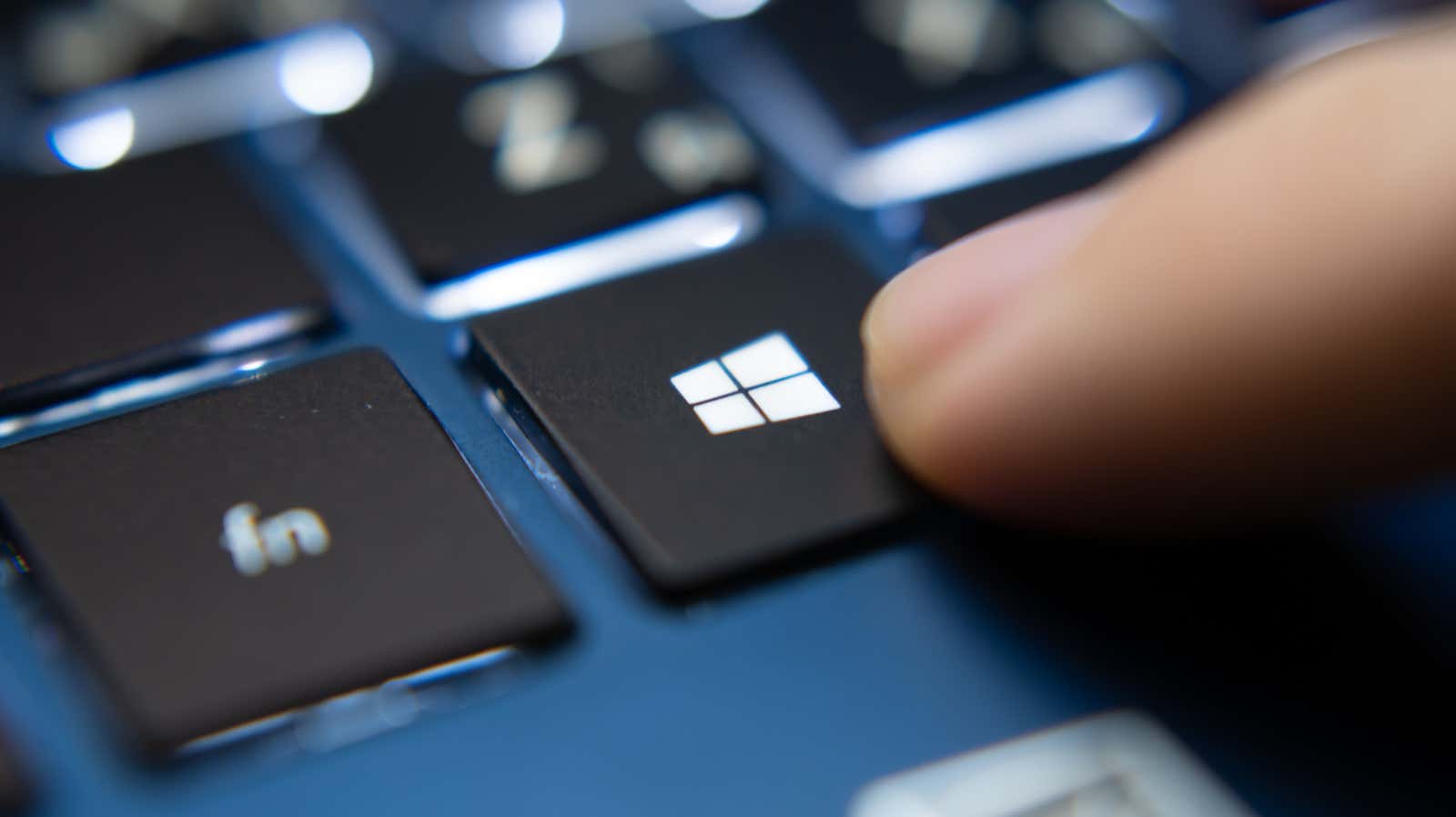How to Check If Your Windows 7 Apps Are Compatible With Windows 10

One of the biggest issues holding people back from updating their (really) legacy copies of Windows 7 is application compatibility. If you have some super-specialized app that just doesn’t (or can’t) work on Windows 10, that’s as good a reason as any other to stick with a less secure operating system. This may not be the right step, but it is a necessary step.
But you’re not doing yourself the biggest favor if you assume your apps won’t work on Windows 10. It’s time to take the plunge – not upgrade and hope for the best, but try Windows 10 and see if your day-to-day apps work the way you do. expect from them. If they do, and your system hardware is good enough to run Windows 10 , then it’s your responsibility to switch to securing your system.
The key to this plan is finding a way to use Windows 10 without replacing Windows 7 with Windows 10. And while there are several use cases, I’m going to stick with the one that works reasonably well: a free virtual machine.
… (I originally intended to write an article showing you how to create a live USB version in Windows 10 that you could boot into and fool around with, but I couldn’t get this process to work for everything I tried WinToUSB; I tried Rufus I tried fiddling with all sorts of BIOS tweaks. In the end I gave up because if it took me hours to fix this problem, I don’t want to recommend it if there is an easier approach.)
Why do I need a virtual machine and where can I get it?
You can download a free Windows 10 virtual machine for many different platforms – VirtualBox, VMWare, Parallels, and Hyper-V (just to name a few) – with little or no configuration on your part. It’s a quick and easy way to install and run any version of Windows 10 on your system, and you don’t have to use anything at all. What’s not to love?
Well one thing – performance. If you’re still sticking with Windows 7 from the moment you first installed it, chances are good that your system is probably not a top-notch gaming rig. You will need at least 1-2 GB of memory just for Windows 7 , and you will probably need an additional 1-2 GB at least to run a virtualized version of Windows 10. You will also need an additional 20 GB or so of space. on your hard drive to store additional OS. Hope you have a fast enough processor. But even if you don’t, that’s okay; while Windows 10 is running , this is all you need to check if the questionable app will load or not.
To get started on this journey, you need to grab two things: VirtualBox , as well as Microsoft’s Windows 10 virtual machine for VirtualBox. Now Microsoft is offering to use for all kinds of virtual machines on a time-limited basis for Windows 10, but it seems that they are currently cutting it back to Windows 7 (Mech). I suppose you could take one of these and just upgrade to Windows 10 in a virtual machine, but it won’t be any easier than using Microsoft’s existing Windows 10 .ISO creation tools and installing them in a virtual machine yourself .
Instead, head over to this other Microsoft site and grab a Windows 10 Enterprise company virtual machine. Don’t let the name confuse you; it will have many features that you don’t need. All we do is test application compatibility, rather than trying to deploy Windows in a small business environment.
You will also want to first check if your CPU even supports virtualization; otherwise, you can cancel (or delete) those downloads. Open System in Windows Control Panel, note which processor is listed, and do a quick Internet search to see if you can use it to start the virtual machine. (If so, you can also check your system BIOS to make sure you have enabled all virtualization options that might be disabled by default.)
Configuring Windows 10 (Enterprise) in VirtualBox
When the 16GB file has finished downloading, unzip the archive. You will now see a file that starts with “WinDev” and ends with a .OVA extension. Double click it to load into VirtualBox. You will see a screen that looks something like this:
Click Import to get started and do something else until your system starts importing the virtual machine you downloaded. Once this is done, you will see a list on the main VirtualBox screen. Highlight it by clicking on it and then click on Settings.
There are tons of options here that you can play with. The most important ones can be found on the System tab, where you set how much memory your virtual machine should use (stick to the green part of the slider) and how many processor cores it should use. These are generally the two most important performance parameters, and I like to give my virtual machine as much as I can without destroying the very system (my normal desktop) it’s running on. You will probably play around with these values a bit before everything is as good as it should be.
You can mess up other settings, such as setting up a shared clipboard between your host computer and the virtual machine, and folder sharing. I like to get right into things right away, for which all you have to do is press the big green Start button on the main VirtualBox screen. Once you’ve done that, Windows should start up and you can start downloading (or copying) any apps you want to test on Windows 10. After you’re done experimenting, feel free to delete the virtual machine (and its data.). to make room.